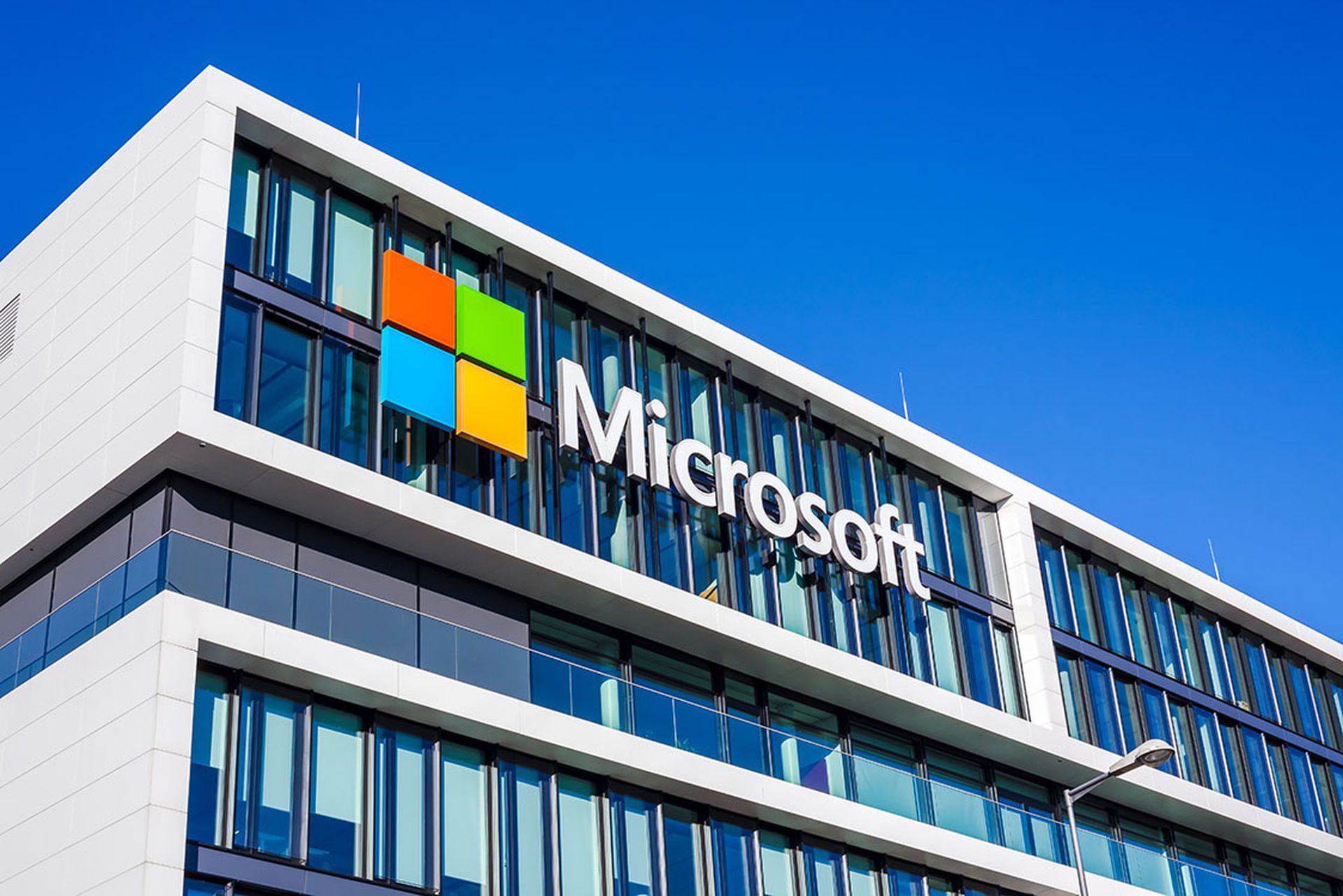U.S. consumers continue to lag in identifying and defending against cybersecurity threats even though the average prevalence of connected devices per household has risen by 25% between 2020 and 2022, according to TechRepublic.
Significantly fewer than half of consumers could explain various cybersecurity threats, including malware, phishing, distributed denial-of-service, and IP spoofing attacks but 61% reported somewhat, strongly, or completely believing the default protection of new smart home devices against most cyber threats, a Comcast report showed. Moreover, risky online behaviors have been conducted by 78% of respondents, which is 14% higher than in 2020. Reused passwords and disabled multi-factor authentication were observed among nearly 75% of baby boomers, compared with 80% of Generation X, 82% of millennials, and 87% of Generation Z. While only 20% reported immediately knowing when they are impacted by a cyberattack, more respondents noted having increased awareness regarding threats. Millennials were more aware of malware and phishing than Gen Z.
Related Events
Get daily email updates
SC Media's daily must-read of the most current and pressing daily news



